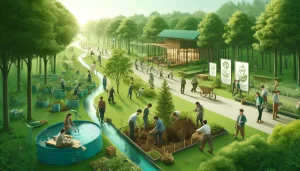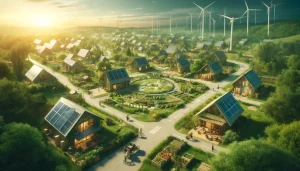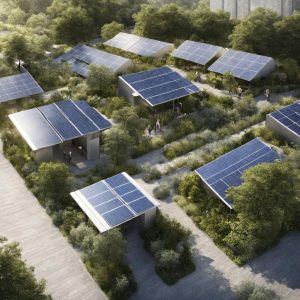Urban agriculture is quickly transcending its traditional role as merely a source of food production within cities. This transformation is unlocking a world of opportunities for economic development, social inclusion, and environmental stewardship. Let’s delve into the various aspects of urban agriculture and how it stimulates local economic growth, shapes urban landscapes, and enriches the community’s social fabric.
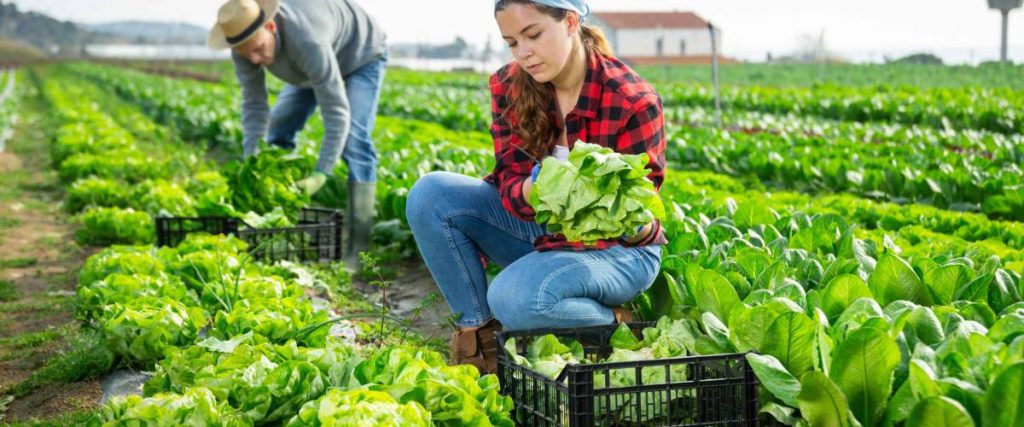
1. Urban Agriculture: A New Frontier in Economic Development
- Definition and Types of Urban Agriculture: From rooftop farming to community gardening, explore the myriad forms of urban agriculture that exist in urban areas.
- Economic Benefits of Urban Agriculture: Investigating the local economic impacts and how urban agriculture contributes to overall economic development and tourism.
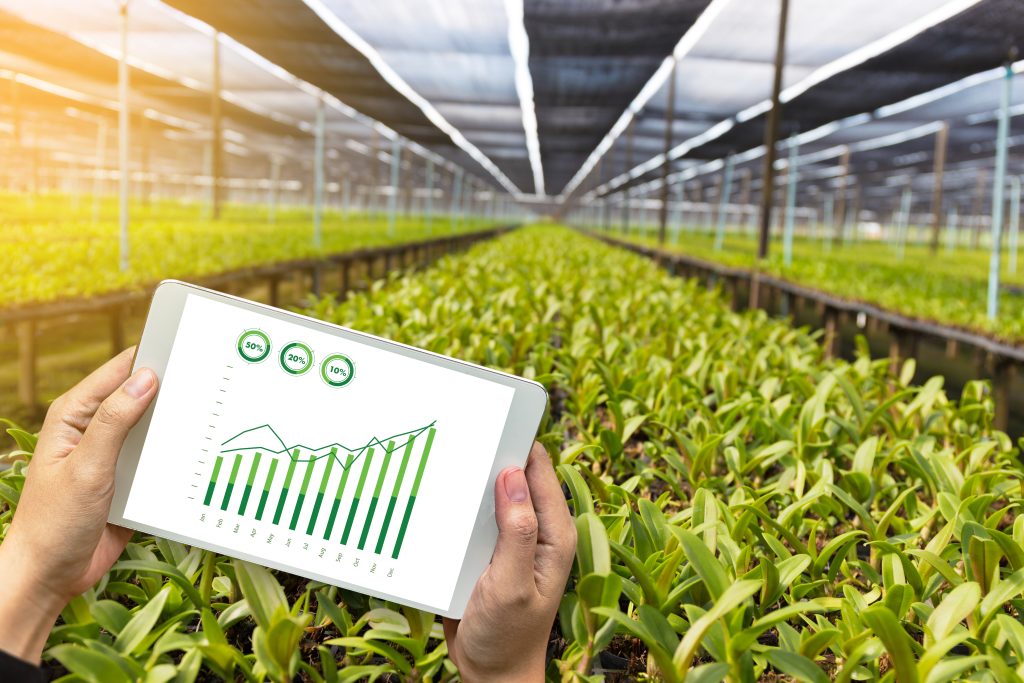
2. Turning Vacant Spaces into Economic Opportunities
- Use of Urban Land and Space: Transforming vacant lots and urban spaces into productive gardens and urban farming operations.
- Urban and Suburban Agriculture: Integrating agriculture into both urban and suburban landscapes.
- Commercial Farming in Urban Areas: The potential of commercial urban farms and related business models.
3. Community Development Through Urban Agriculture
- Social Benefits of Urban Agriculture: Enhancing social inclusion, fostering community development, and offering social and cultural enrichment.
- Community Supported Agriculture: The role of community-supported agriculture projects in binding urban dwellers together.
4. Sustainable Urban Agriculture: More than Food Production
- Environmental Benefits: The positive effects of urban agriculture on urban environment and public health.
- Sustainable Practices: Promoting urban sustainability through urban agriculture initiatives and green urban planning.
5. Food Security and Healthy Living
- Growing Food Locally: Encouraging urban populations to grow food, ensuring food security and access to healthy food, including fresh fruits and vegetables.
- Public Health Impact: Urban agriculture’s association with improved public health and social well-being.
6. Innovative Urban Agriculture Efforts and Practices
- Innovative Urban Gardening and Farming Projects: Showcasing projects that have shown that urban agriculture has the potential to innovate urban landscapes.
- Urban Agriculture Business Models: Exploring various economic models and assessing the economic viability of urban farming projects.
- Urban Soils and Rooftop Farming: Understanding the role of urban soils, rooftop gardens, and how they contribute to urban agriculture development.
7. Challenges and Future Directions
- Barriers and Challenges: Identifying and addressing obstacles related to urban agriculture activities and urban agriculture business models.
- Future Prospects: Analyzing how urban agriculture can improve urban and peri-urban regions, and how urban agriculture efforts can be scaled.
Conclusion
Urban agriculture is rapidly emerging as a powerful force, combining urban agriculture with community development, local economic enrichment, and environmental sustainability. From turning vacant urban lands into thriving farms to creating innovative farming practices, urban agriculture has been identified as a versatile tool in reshaping our cities and urban lives.
An overview of the benefits reveals that urban agriculture is not merely a trend but an essential part of modern urban planning and economic development. By encouraging urban agriculture, cities can unlock potential benefits that resonate beyond food and agriculture, laying the foundation for a more vibrant, socially inclusive, and economically robust urban future.


